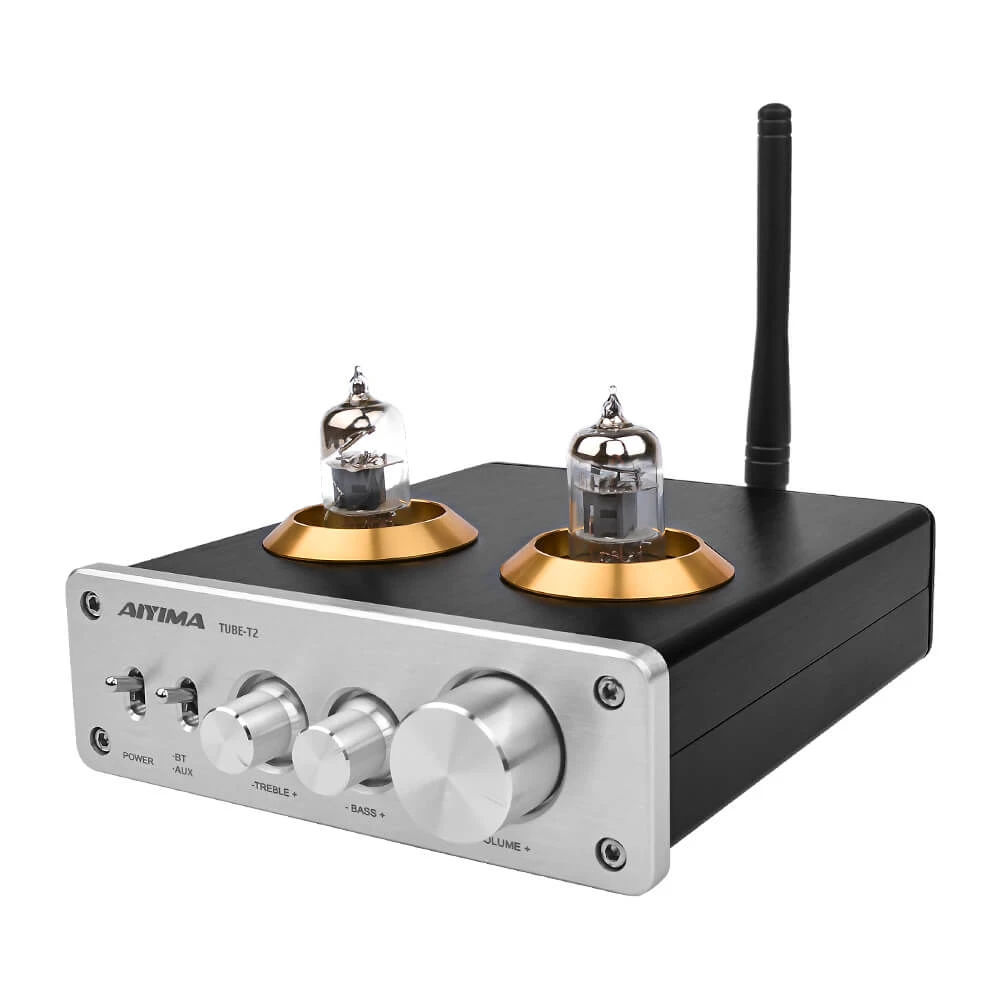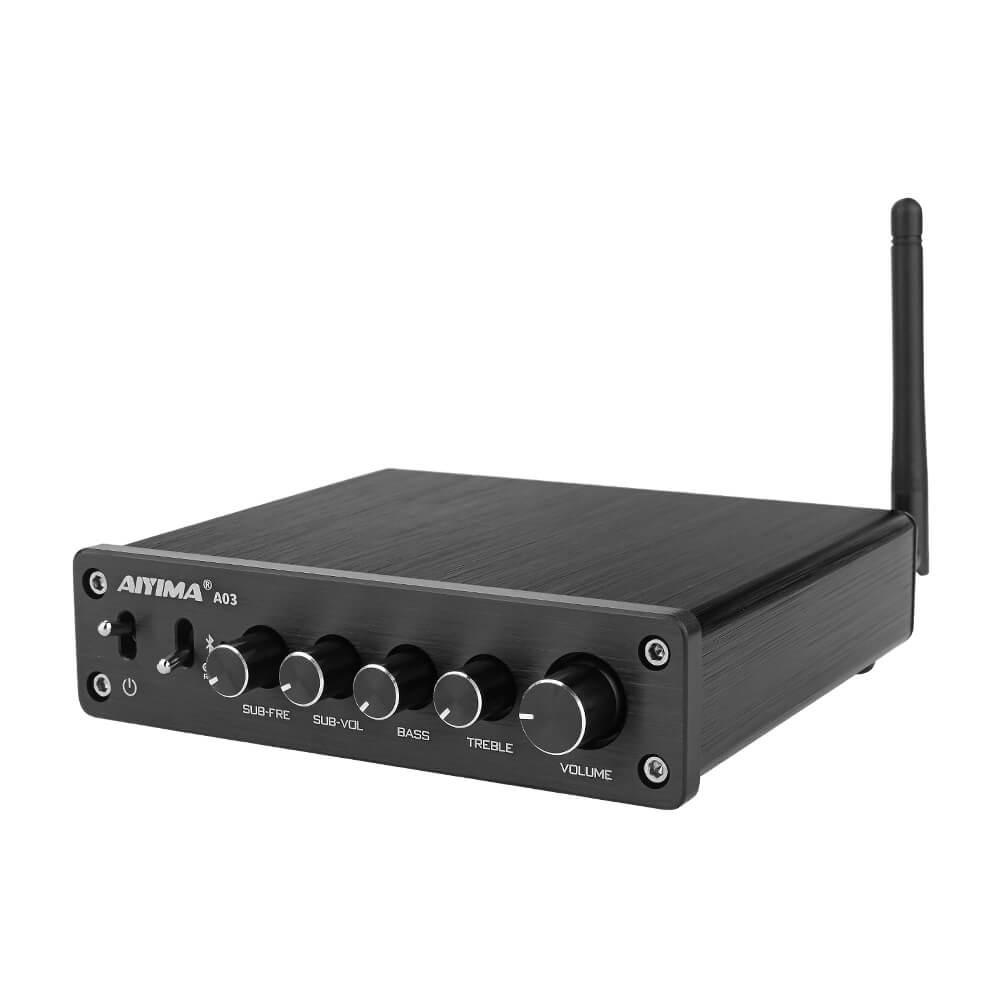What is a Class D amplifier
Class D amplifiers refer to Class D audio power amplifiers (sometimes called digital amplifiers). By controlling the ON / OFF of the switch unit, the amplifier driving the speaker is called a Class D amplifier. Class D amplifiers were first proposed in 1958 and have become increasingly popular in recent years. It has been available for many years. Compared with the general linear AB power amplifier circuit, the D power amplifier has the characteristics of high efficiency and small size.
Class D power amplifier principle
Class D power amplifier is an amplification mode in which the amplifying element is in the switching working state. When there is no signal input, the amplifier is in the cut-off state and does not consume power. During operation, the transistor is brought into saturation by the input signal. The transistor is equivalent to a switch that turns on the power and the load directly. The ideal transistor does not consume power because there is no saturation voltage drop. In fact, the transistor will always have a small saturation voltage drop and consume part of the power. This power consumption is only related to the characteristics of the tube, and has nothing to do with the size of the signal output, so it is particularly useful for ultra-high power applications.


Class D power amplifier advantages
1. The class D power amplifier has a wide range of use. The minimum value of the load impedance connected to it can be very low. In addition, the battery conversion rate can basically be said to be constant regardless of the change in load impedance.
2. Class D power amplifier is very suitable for mass production of products. As long as you ensure that the components are installed properly, you can make the product very consistent, and no debugging is required during the production process, which is safe and reliable.
3. Class D power amplifier has a very high conversion rate of energy use, and its volume is small, and it has strong reliability. The battery usage rate of Class D amplifier can reach more than 90%, which meets the requirements of environmental protection.
4. Class D amplifiers can directly implement functions such as group control, remote control, and monitoring without adding any devices.
5. There is no relative change of high frequency, intermediate frequency and low frequency of Class D power amplifier. Its sound is very clear, and the sound image has very accurate positioning.
Disadvantages of Class D amplifiers
1. During the initial connection and final shutdown of the power transistor of the Class D power amplifier, the potential close to the ground will fluctuate, which will increase the noise.
2. Class D power amplifier speakers may appear distorted for some reason.
3. There is no special switch for class D power amplifier. If the installed power transistor does not match well with other devices, the quality of the entire product will not pass.
4. The output circuit of the class D power amplifier may have dead band and so on.
Focus on Audio





Leave a comment
This site is protected by hCaptcha and the hCaptcha Privacy Policy and Terms of Service apply.